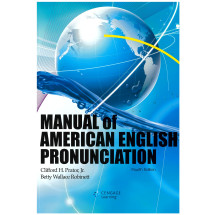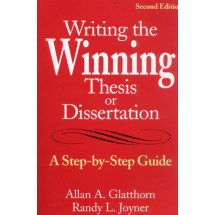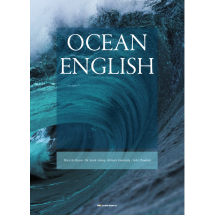With more in-depth guidance to the grammar, style, and rhetoric of American academic English than any other handbook available, The Ready Reference Handbook has become the perfect choice not only for traditional students but also for those whose primary language is not English, as well as for courses that emphasize the need for global communication skills. The Ready Reference Handbook teaches students how to write successfully in both academic and public contexts. Expanding this treatment of the writing process, almost 70 special text features (Writing in the USA and ESL Grammar Notes), as well as an expanded Part V, Guide for Multilingual Writers, provide a wide range of support for students whose primary language is not English.
In addition, new marginal icons send students to an integrated Companion Website for additional exercises and links to other Web resources. "How to!" boxes focus on key guidelines to successful writing and "Focus On!" charts on each tabbed divider direct students to the essential topics in each section of the book. Easy to use and always encouraging, this handbook provides students with the ultimate quick reference guide for any writing situation.
I. THE WRITING PROCESS.
1. Becoming a Critical Writer.
2. “Inventing” Your Writing.
3. Planning and Organizing.
4. Writing, Revising, and Editing.
5. Unify Your Paragraphs.
6. Developing Topics and Paragraphs.
7. Creating Coherence.
II. SENTENCE EDITING.
8. Parts of Speech.
9. Sentence Parts.
10. Phrases, Clauses, and Sentence Types.
11. Editing Sentence Fragments.
12. Fixing Comma Splices and Fused Sentences.
13. Choosing Verb Forms.
14. Making Subjects and Verbs Agree.
15. Making Pronouns and Antecedents Agree.
16. Making Pronoun Reference Clear.
17. Choosing Pronoun Case Forms.
18. Choosing Adjectives and Adverbs.
19. Putting Linked Words in Parallel Form.
III. CRAFTING SENTENCES.
20. Writing Emphatically.
21. Adding Variety.
22. Avoiding Mixed and Incomplete Messages.
23. Placing Modifiers.
24. Avoiding Faulty Shifts.
IV. CHOOSING WORDS.
25. Choosing Exact Words.
26. Choosing Vivid Words.
27. Choosing Appropriate Words.
28. Editing Wordiness.
29. Troublesome Words and Phrases.
V. GUIDE FOR MULTILINGUAL WRITERS.
30. Articles and Quantifiers.
31. Verbs.
32. More Grammar.
VI. PUNCTUATION.
33. End Punctuation.
34. The Comma.
35. The Semicolon.
36. The Colon.
37. The Apostrophe.
38. Quotation Marks.
39. Other Punctuation Marks.
VII. MECHANICS, SPELLING, AND DOCUMENT DESIGN.
40. Capital Letters.
41. Italics/Underlining.
42. Abbreviations.
43. Numbers.
44. The Hyphen.
45. Spelling.
46. Formatting Your Writing.
VIII. RESEARCH AND THE INTERNET.
47. Choosing a Topic, Finding Sources, Preparing a Bibliography.
48. Searching the Internet.
49. Evaluating Print and Electronic Sources, Writing Research Notes.
50. Planning, Writing, Using Sources, and Revising.
51. Avoiding Plagiarism in Your Project.
IX. MLA DOCUMENTATION.
52. Writing MLA In-Text Citations.
53. Preparing the Works Cited List.
54. Sample MLA Research Project.
X. APA AND OTHER DOCUMENTATION STYLES.
55. Using the APA In-Text Citation Style.
56. Endnotes or Footnotes (The Chicago Style).
57. Using the CSE Style and Other Styles.
XI. ARGUMENT AND PERSUASION.
58. Creating Logical Arguments.
59. Arguing Persuasively.
XII. SPECIAL WRITING PROJECTS.
60. Writing about Literature.
61. Essay Examinations.
62. Business and Professional Writing.
63. Writing Online.















